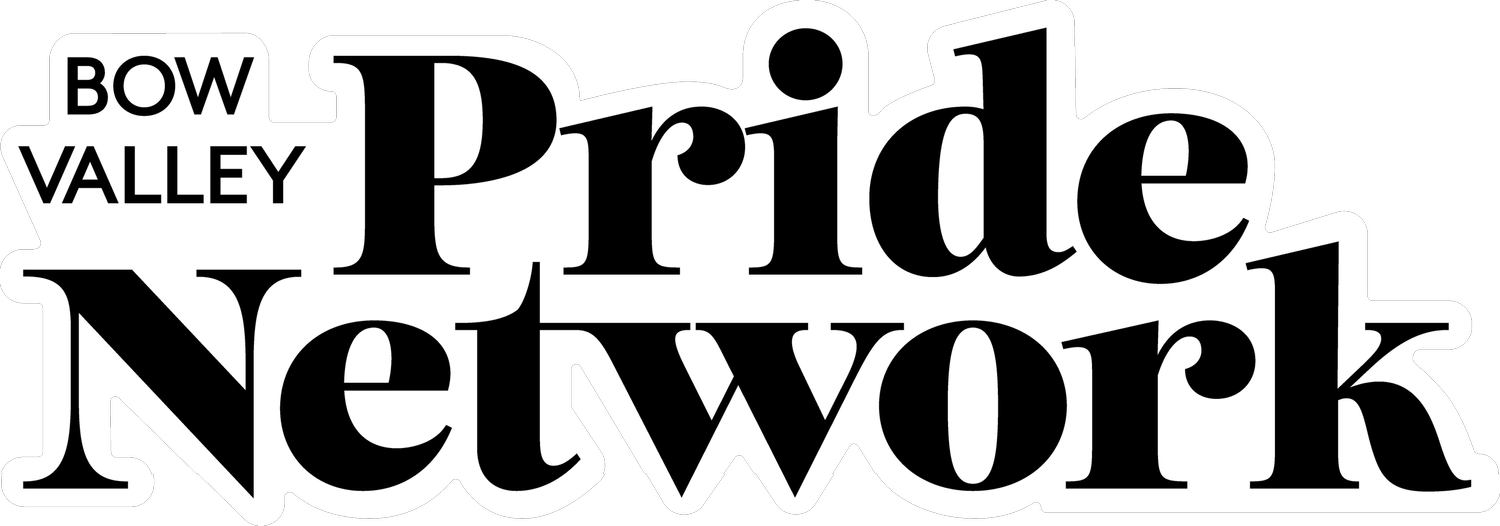Why Every Entrepreneur in the Bow Valley Needs a Business Plan
If you are thinking about starting a business in Banff, Canmore, or anywhere in the Bow Valley, you probably already have a big idea. Maybe it’s a queer-friendly outdoor adventure company, a new café built around community and inclusion, or a wellness brand that reflects your lived experiences. But before you launch, you need something more than just inspiration, you need a business plan.
A business plan is not just paperwork for a loan application. It is your roadmap. It helps you clarify your goals, understand your market, manage your finances, and make informed decisions. More importantly, it proves to yourself and others that your idea is viable and ready to grow.
Why Business Planning Matters
There is a saying we share often with SMARTstart participants: “No one plans to fail, they just fail to plan.”
A strong business plan helps you:
Secure funding or investment
Build confidence in your decisions
Set measurable goals and timelines
Anticipate risks and create solutions
Track progress and pivot when needed
Especially in the Bow Valley, where the economy is tied closely to tourism, seasonality, and housing limitations, planning ahead is not optional. It is your competitive edge.
What Should Your Business Plan Include?
Based on the Bow Valley Pride Network’s Business Plan Template, a complete plan should include:
Cover Sheet and Executive Summary
Start with a simple cover sheet with your contact details and business name. Then, write the executive summary last. It highlights your product or service, market opportunity, goals, and funding requirements.
Business History and Mission Statement
If your business already exists, describe its journey so far. Include milestones and successes. If you are starting from scratch, describe what motivated you to launch and the problem you are solving. Then craft a mission statement that reflects your purpose and values.
Products or Services
What are you selling? Be specific. Describe how your product or service works, how it differs from the competition, and whether you have intellectual property protections like copyrights or trademarks.
Market Research and Marketing Plan
Identify your target market. Include demographic details like age, gender, income level, or interests. Describe trends in your market and your competitors’ strengths and weaknesses. Then outline how you will reach your customers, whether through social media, word of mouth, pop-ups, or advertising.
Management and Organizational Structure
Detail who is involved in your business and what roles they play. This is important for investors and lenders who want to see a capable team. If it is just you for now, that is fine—explain how you plan to grow.
Objectives and Growth Strategy
Where do you want your business to be in one year? Three years? Describe your expansion plans, quality improvements, certifications, or new markets you plan to enter.
Financial Forecast
Include monthly projections for the first 12–24 months and yearly projections for at least 3 years. Break down:
Start-up costs
Sales forecasts
Fixed and variable expenses
Net profit or loss
Use these projections to calculate your breakeven point. If you are asking for funding, explain how the money will be used and how you will repay it.
Appendices
Add relevant documents such as resumes, testimonials, photos, letters of support, or technical specifications.
Where Should You Start?
It can feel overwhelming, especially if this is your first time writing a business plan. The good news is, you do not need to write it in order. Most entrepreneurs start with the parts they know best, like describing their product or target market and leave the financials for last.
Break the work into small chunks. Dedicate a few hours each week to planning. Use real data where possible, and do not be afraid to adjust your numbers as you learn more.
Free Resources to Help You Write Your Plan
You do not have to figure this out on your own. These local and national resources are here to help:
SMARTstart Program (Bow Valley Pride Network): Free workshops, mentorship, and templates for 2SLGBTQIA+ entrepreneurs.
Business Link Alberta: Offers business planning guides, live chat support, and one-on-one coaching.
Community Futures Centre West: Supports rural entrepreneurs with business plan development and microloans.
BDC and Futurpreneur: National organizations that offer funding and planning support for youth and early-stage businesses.
Let’s Plan for Your Success
Your business plan is not a static document. It evolves with your business. Use it to stay focused, measure your growth, and adapt to changing conditions.
At the Bow Valley Pride Network, we believe inclusive and queer-owned businesses strengthen our communities. Through SMARTstart, we help you build a plan that reflects your values and vision.
Fall 2025 applications for SMARTstart are now open
Apply at pridenetwork.ca/smartstart
Follow us on LinkedIn: Banff Pride
